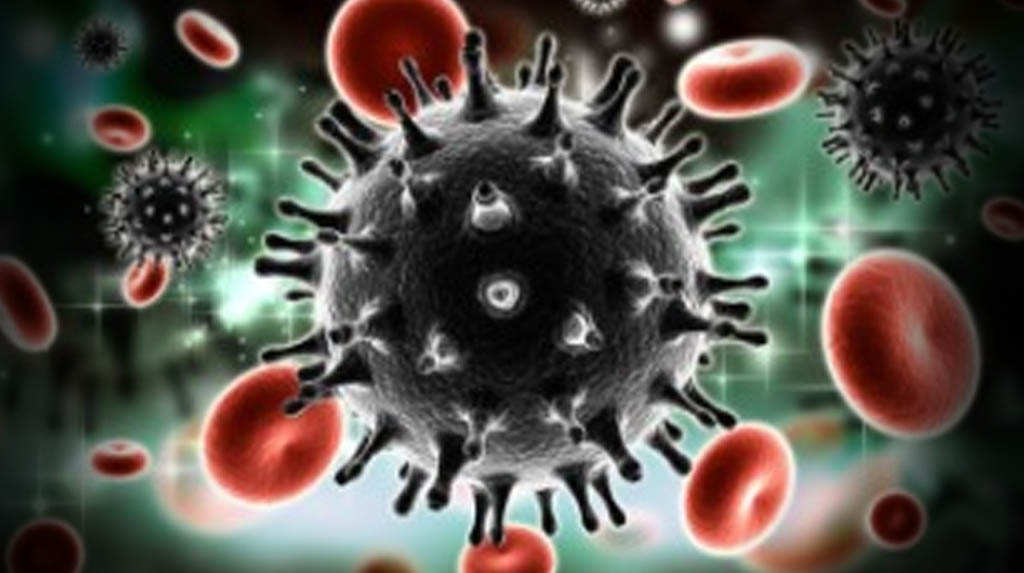It is interesting that both the US and India have apparently chosen a similar strategy of economic revival by way of relaxing the Corona lockdown even when the fight against the pandemic was still on. The logic is sound. Everybody now understands the nature of the virus and the essence of how individuals — this being a people’s fight now — could avoid crossing the Corona’s path by following the discipline of social distancing, use of mask and recourse to hand wash against a suspect surface touch.
The pattern of social spread of the infection is well known and so is the crucial importance of home quarantine that helped the hospitals to keep beds for really serious patients. The panic and fear, pushed to an extreme partly because of inadequate messaging from the authorities, have settled down to a level of moderation. The moment had, therefore, arrived from the nation’s point of view of facilitating right interventions to correct the ‘life-livelihood’ balance. Prime Minister Modi has once again shown a firmness of stand in guiding the strategy of revival of economy — that had suffered a crippling blow in these three months — just as he had done in declaring a total lockdown upfront, in March last to stall the advance of the contagion.
Things did go awry at places for reasons of performance of the implementation machinery closer to the ground, political character of Centre-state relations and the overwhelming potential of the pandemic itself, but the policy-making was by and large straightforward. The state governments should have done better in preventing the loss of lives of migrants — immediate distribution of some money to them on the spot through the district magistrates for the livelihood lost, would have greatly helped in checking the tales of tragedy that followed. The states should have proactively worked with the Centre on this — the latter would have surely responded positively within the constraints of having to conserve funds for medium and long-range schemes. As things stand, many of the migrants who had fled with family to their native places earlier — because of the fear that they would die due to Corona at a place far away from home — might consider going back to their jobs if called. The government should ensure that right messaging was there this time in regard to any such process of reemployment.
The business world nationally and globally has to take the onus of putting economic activity on track and use out-of-the-box thinking and doing to get production or service resumed, after filling the gaps in the supply chain. For business ventures, big or small, seeking to pick up operations, several new requirements come on top beyond the mobilisation of funds, including aid from the government. First is the availability of leadership that is geared to ‘riding a change’ — the situation demanded resetting of goals, a look out for new collaborations or mergers and calibration of SOPs to get assured delivery. Secondly, authentic information about the external environ and a competent analysis of the same to evaluate risks and opportunities, are now doubly important because the socio-economic, politico-legal and demand-related parameters would have changed drastically. Business analysis has to be quick and comprehensive and strategy has to be for the short and medium term — the long-range objectives can be reviewed once the enterprise got going. The third challenge is about getting the right manpower in the right strength drawn back to work — after a severe disruption of human resources that the enterprises suffered for a number of known reasons pertaining to the lockdown. The pandemic has thrown new light on the need for inducting technology that reduced dependence on a pair of hands and allowed working from home. It has also brightened the prospects of achieving cost-effectiveness through multi-tasking, enhanced working hours and engagement of part-time consultants.
A major problem confronting India’s business is the vacuum that has been created for it by the fact of export-import channels being choked by the Corona disruptions in other parts of the world. It is, therefore, only appropriate that businesses think of reviving themselves on local markets’ demand and the national supply chain while keeping the links for globalisation open for the future. The big players in business get their international links reestablished more easily and online segments have no problem in rebuilding the turf for mutual growth. However, in many sectors like garments, tourism, entertainment, fashion and hospitality, unhindered travel and transportation arrangements presage return to normalcy. For businesses, catering to what is deemed to be the demand for luxury goods, there is a shrinking customer base — restoration of which will take time. Economy in general will witness a halting recovery since a downturn had already set in before the Corona crisis showed up.
India might set a new model of economic development by taking to indigenous products and emphasising the local dimensions of businesses that had the potential of linking up with and strengthening the global supply chain subsequently. Perhaps the government believes that infusion of private investment in our PSUs might — besides yielding money for the treasury — make the latter globally competitive in terms of quality control and interoperability. The economic damage caused by Corona has created the problem of unemployment everywhere, particularly in India, primarily because of the adverse impact it had on MSMEs and privately contracted labour. It is logical to believe that the ‘Make in India’ call and emphasis on the route of ‘self reliance’ for economic recovery would create jobs closer to where the people lived. The state governments can get the district authorities to draw up lists of skilled and semi-skilled men and women seeking employment with necessary details to produce a renewed version of the local Employment Bureau record and make the information available to the industries, businesses and entrepreneurs in the state. This will strengthen the spirit of Public-Private partnership and also to an extent, redress the dark memories of migrants who had undergone an unprecedented spell of suffering after the lockdown.
The new employers should certainly not mind spending a little on bringing back the selected workers from the nearby districts — they must learn to treat the workers as a human asset and not ‘bonded’ labour. The key to India’s economic recovery is a changed mindset in which the companies make profit without being exploitative and the employees put in their best for productivity. India can have its own nationalist ideology of economy without getting entrapped by the ‘Left’ or ‘Right’. This is the time for a sane experimentation with preserving what is in our best national interests and shedding any copybook imitation of external models.




